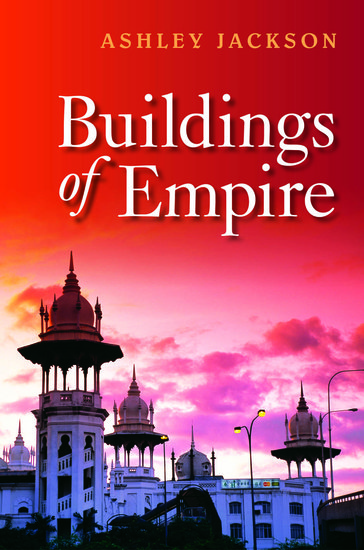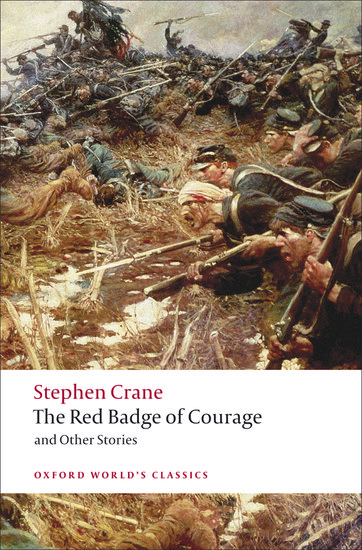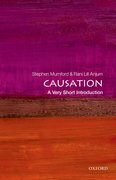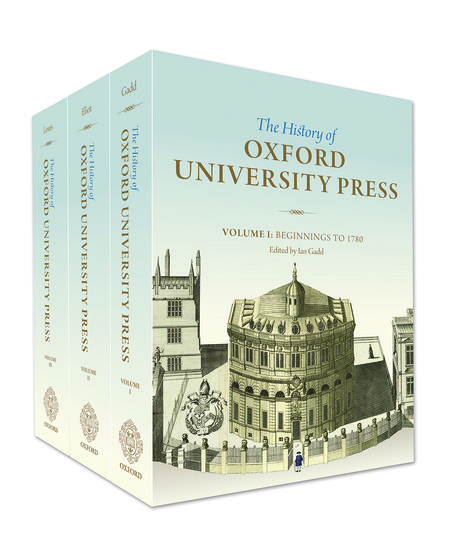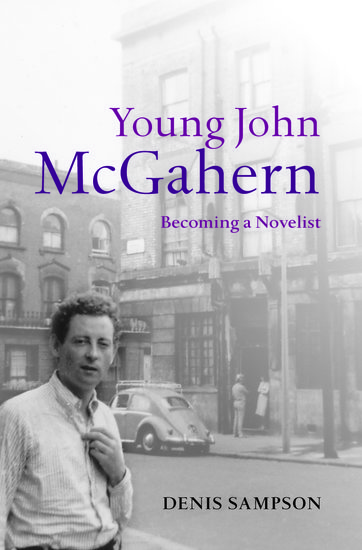Looking back: ten years of Oxford Scholarship Online
By Sophie Goldsworthy
Back in 2001, there was a whole host of reference products online, and journals were well down that digital road. But books? Who on earth would want to read a whole book online? When the idea that grew into Oxford Scholarship Online was first mooted, it faced a lot of scepticism, in-house as well as out.


